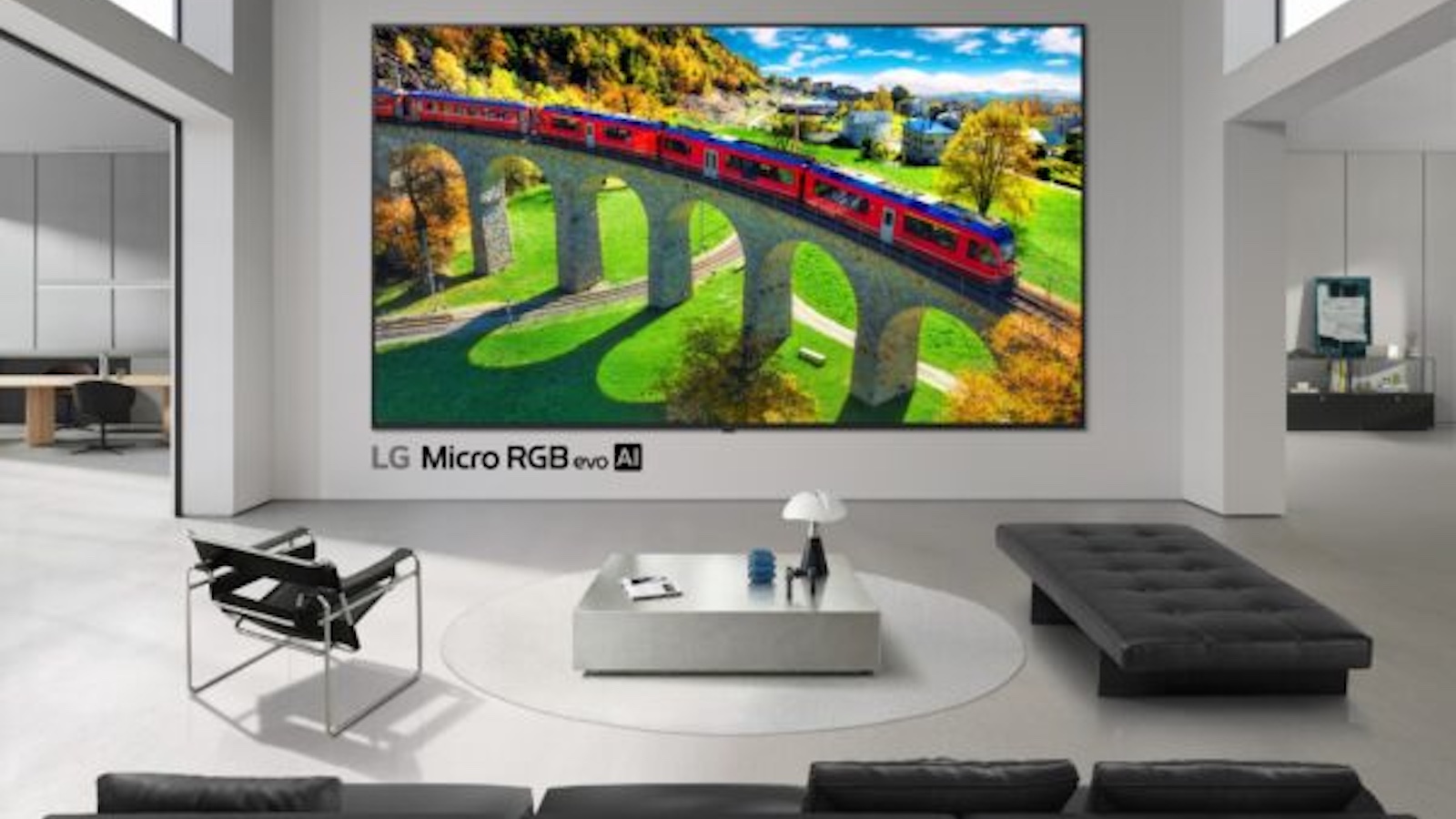Samsung vs Sony TV: which is better?
Battle of the top TV brands.

On the hunt for a new TV? Samsung and Sony are two of the biggest names in the business, and each offers a dazzling array of 4K, HDR and even 8K TVs to fit almost any budget. But which brand makes the smartest smart TVs? What are the pros and cons of these top brands? And which one belongs in your living room? Read on as we walk you through the battleground that is Samsung vs Sony...
Samsung and Sony TVs might look similar when you see them in a showroom, but look beneath the surface and you'll find they're strikingly different. From the use of different TV technologies in some models (OLED vs QLED) to different HDR formats supported, voice assistants and smart features, Sony and Samsung plough their own furrow.
So, which TV brand is best for you? Both specialise in premium, high-end sets, but also offer plenty of mid-range and more affordable models. To help you find the perfect TV, we've reviewed all of the best Samsung TVs and best Sony TVs and assessed each brand's unique strengths and weaknesses. Here's our handy guide to Samsung vs Sony TVs...
Samsung vs Sony TV: overview
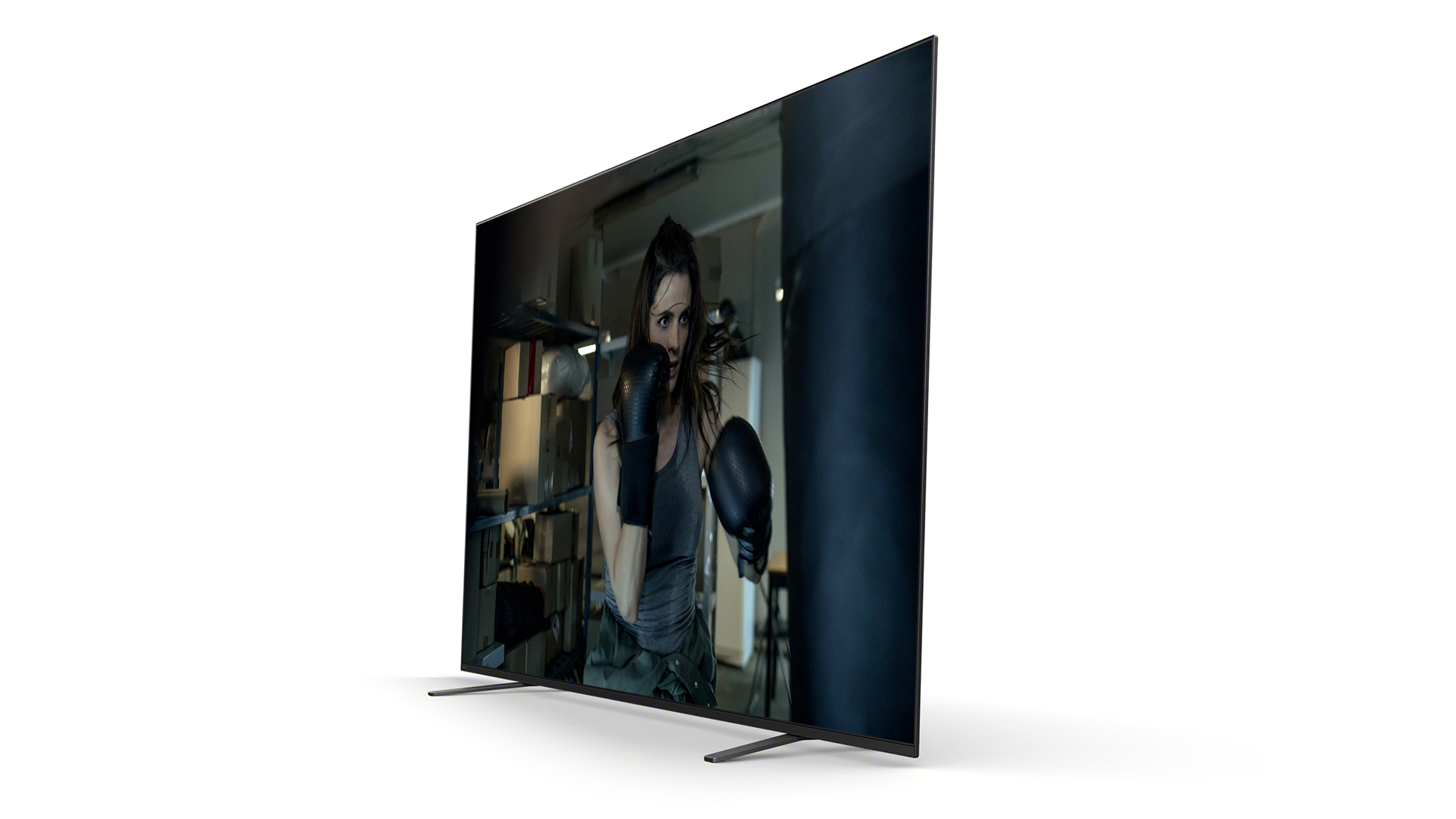
Sony is based in Tokyo, Japan, and is known for manufacturing electronics including TVs, audio products, and games consoles such as the upcoming PS5. Also, its digital imaging arm is one of the best in the business.
Headquartered in 'Samsung Town' - a giant campus in Seoul, South Korea – Samsung is officially the world's largest TV manufacturer, and has been since 2006. The company now enjoys a global market share of around 20%. The secret of Samsung's success? Catering to every consumer's needs, whether it's a good 42in television or a great 65in 4K HDR set, Samsung prides itself on plugging every gap in the market.
With a few exceptions, Samsung and Sony manufacture everything from small-screen 32in TVs to monster 75-inch 4K, and 85in 8K TVs. However, there are some key differences, which we'll cover in more detail below.
Firstly, the premium TV market sees OLED TVs and QLED TVs battle it out on a regular basis. Sony currently favours OLED, while Samsung champions QLED. Secondly, Sony TVs tend to use the Android TV operating system whereas Samsung favours its own platform, Tizen. Lastly, the rivals brands support different forms of HDR – Sony partners with Dolby Vision, while Samsung is championing its own HDR10+ format.
The latest hi-fi, home cinema and tech news, reviews, buying advice and deals, direct to your inbox.
Having spent many hours reviewing TVs in a darkened room, we're well placed to take you through the pros and cons of Sony and Samsung TVs...
OLED vs QLED
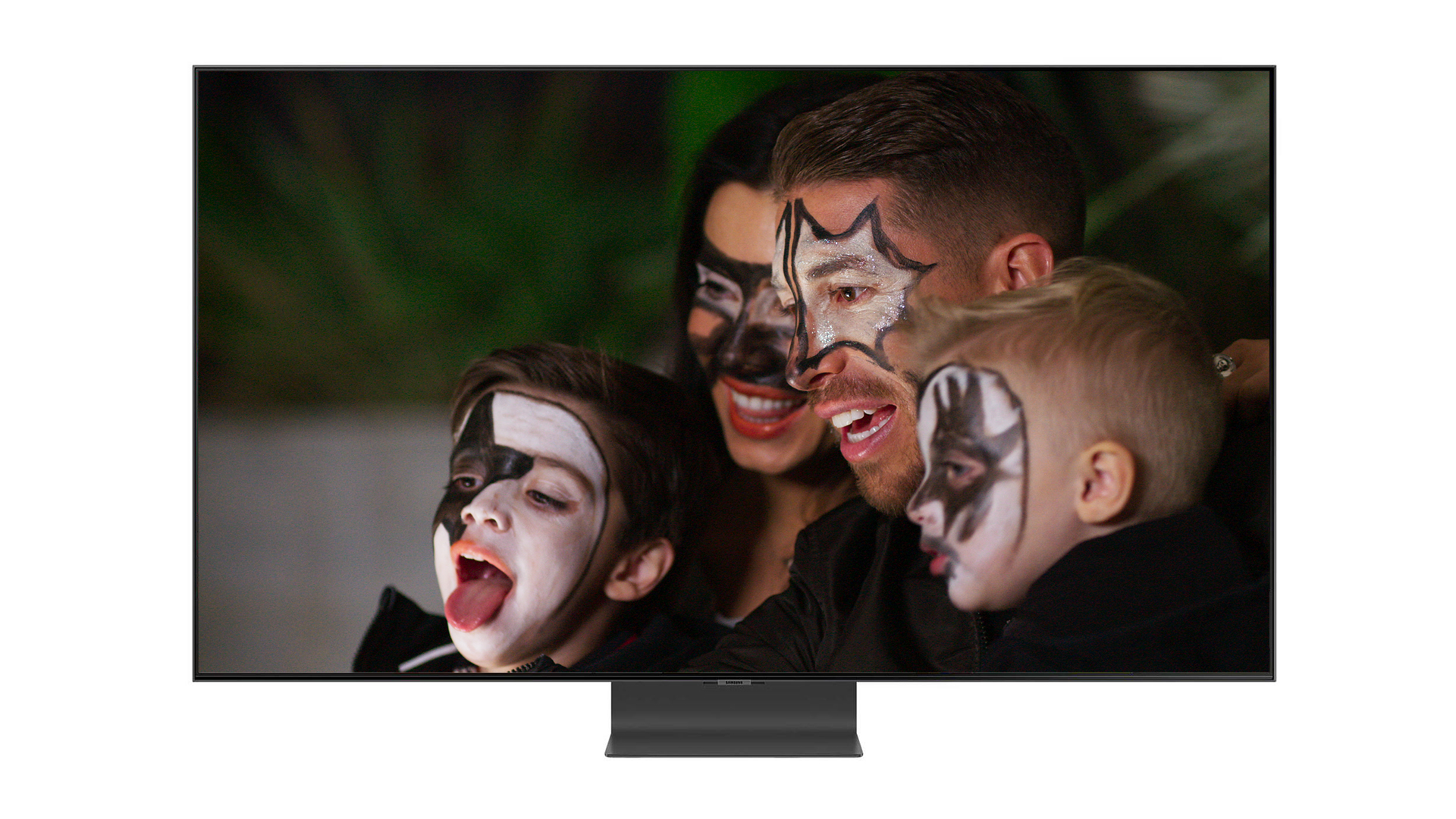
Organic LED or Quantum LED? The technical jargon surrounding premium TVs can be overwhelming so it's worth what's what before you splash out any cash.
Many of Sony's premium TVs use OLED (Organic Light-Emitting Diode) panels. OLED is a tech that allows a TV to emit light on a pixel-by-pixel basis, which makes for stunning contrast levels and richer, more natural-looking pictures, when compared to less expensive panel technology such as LCD and LED.
Other notable advantages of OLED include wider viewing angles, faster response times and thinner panels, which enable wafer-thin designs.
Sony can't take all the credit for its OLED TVs, though. LG Display pioneered OLED technology and the South Korean company supplies Sony, Toshiba, Panasonic and others with its industry-leading 4K OLED panels.
Samsung's top-of-the-range TVs boast a rival technology called QLED (Quantum-dot Light-Emitting Diode) which is, in theory, much like OLED. The idea is that each pixel in a QLED display emits its own light thanks to quantum dots – tiny semiconductor particles only a few nanometres in size. Problem is, the quantum dots in current QLED TVs do not emit their own light. Instead, they simply have the light from a backlight passed through them, in just the same way that an LCD layer does on non-QLED/LED backlit sets.
Samsung claims its QLED TVs "deliver the highest brightness levels currently on the market." But while it's true that QLED offers unbeatable vibrancy, OLED offers exceptional black performance and uncompromised contrast levels.
So, acronym fans, which is better: Sony OLED TVs or Samsung QLED TVs? We've tended to find Samsung's QLED TVs a little punchier and more dynamic, but Sony's OLEDs are more authentic and natural. Both are thrilling, and both have their distinctive strengths. There's not that much between them.
In the future, we'd like to see the advantages of each technology combined. Next-generation QLED TVs may well offer that, but they won't arrive until 2021 at the very earliest. For now, you can buy a premium Sony or Samsung TV safe in the knowledge that you'll enjoy a top-notch picture.
But what about the smart TV experience itself? We'll get to that next...
*Winner: Draw*
Tizen vs Android TV
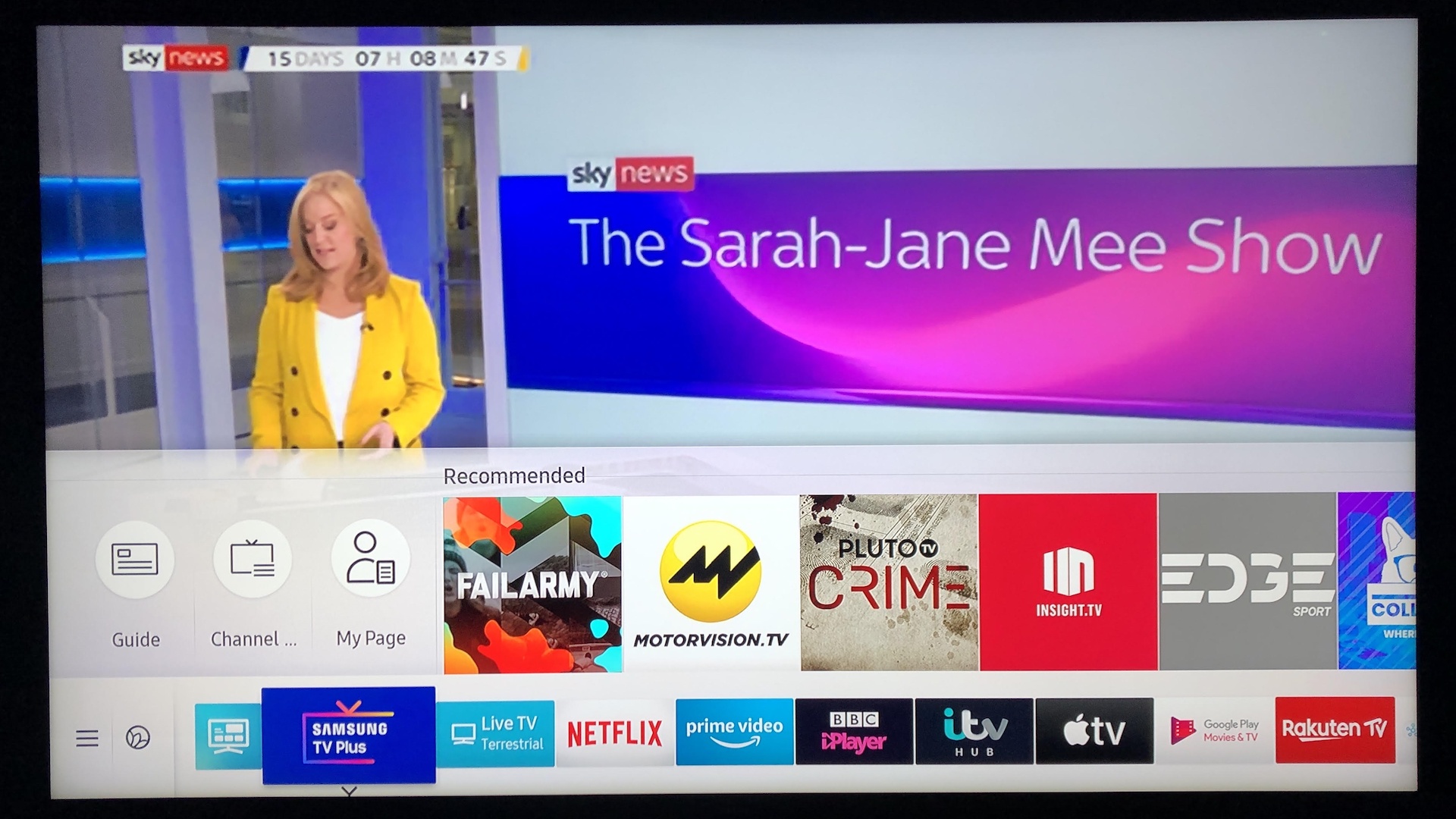
Internet-connected TVs serve up a smorgasbord of movie and TV streaming options, as well as voice controls, smart home controls and more. So who makes the smartest smart TV: Samsung or Sony?
Sony uses the Android TV platform. It's incredibly easy to use – just sign in using your Google Account you can access all things Android, including Google Assistant and Chromecast, through your TV.
The platform can be a little sluggish at times but features most major streaming apps, with Netflix, Amazon Prime Video and Disney+ all delivering 4K content complete with Dolby Vision HDR, and some Google Play Movies & TV downloads in 4K HDR plus. It's just a shame there's no Apple TV+ app.
Samsung's Tizen platform is that bit snappier; it's smoother scrolling and more intuitive. It has all the major streaming and catch up TV apps, plus Apple TV+, where you'll find the best selection of 4K HDR content. Love music? You'll appreciate Tizen's superb selection of music apps, including Spotify, Tidal, Apple Music, Amazon Music and Deezer.
Sony and Samsung's smart TVs come with their own voice assistants, too. Sony's premium TVs come with the Google Assistant built-in, plus limited support for Amazon Alexa (you can use the Amazon Alexa Music, Cameras and TV Control app to control Amazon Echo speakers as well as some Amazon smart home products, including Ring doorbells).
Samsung's uses its own Bixby voice assistant, which isn't nearly as smart as Google or Amazon's technology. Samsung offers the option to use Google Assistant and Amazon Alexa but it's limited. Still, if you only want to power on the TV, adjust the volume or search for the odd TV show, Bixby does the job.
Which platform suits you best is really down to personal taste. If you're already invested in Google's eco-system, a Sony Android TV might make more sense. But if you have a Samsung smartphone, or subscribe to Apple TV+, a Samsung TV could be the perfect addition to your living room.
*Winner: Samsung, just*
Dolby Vision vs HDR 10+
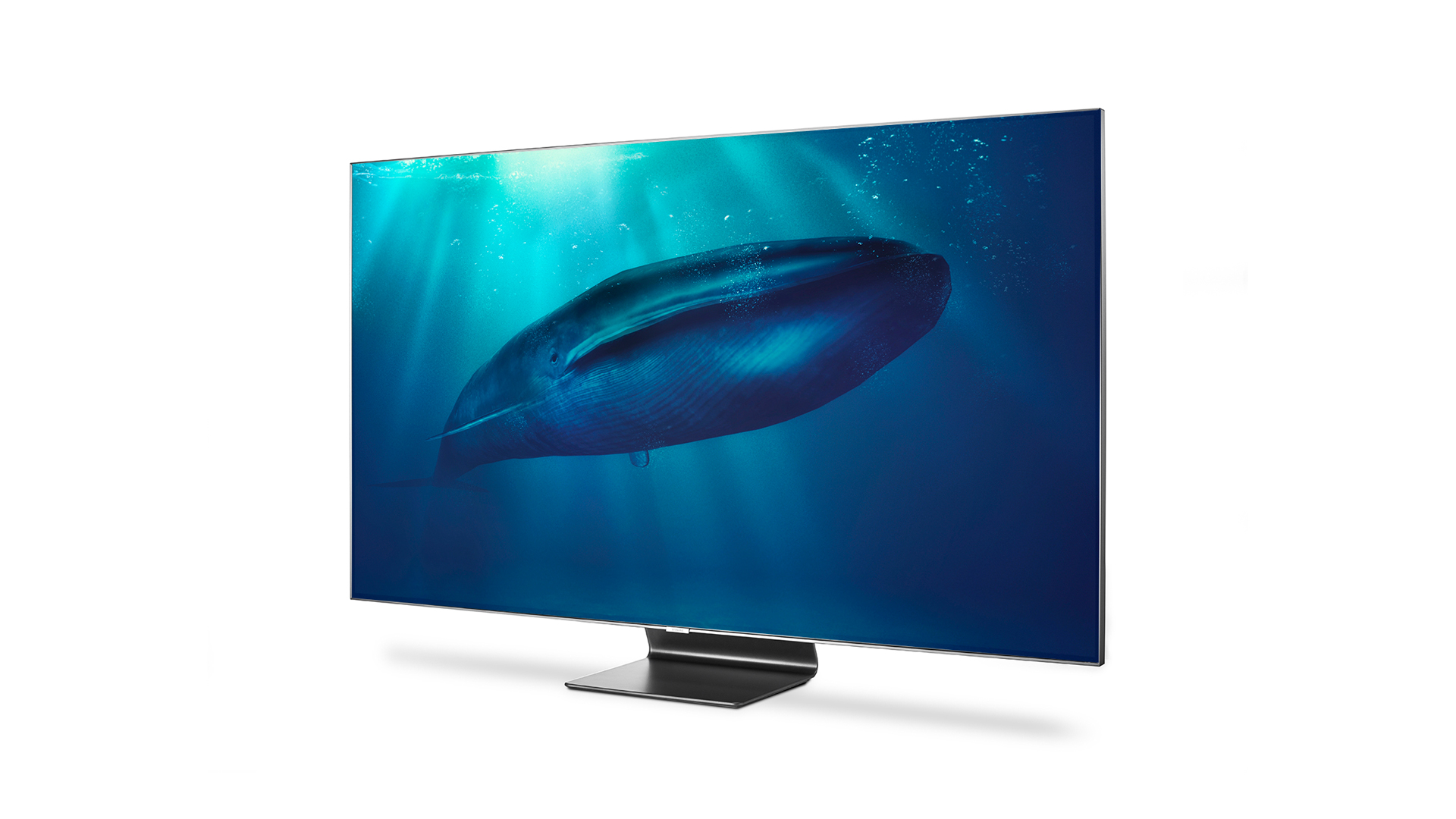
Sony and Samsung back different horses in the HDR race. While both Sony and Samsung support the most basic form of HDR – HDR10 – the rival brands are go their separate ways when it comes to the advanced HDR formats...
Sony's premium HDR TVs support HDR10, HLG and Dolby Vision – but not Samsung's own HDR10+ format. Meanwhile, Samsung's premium HDR TVs sacrifice Dolby Vision in favour of HDR10+.
This mini format war won't ruin your day-to-day viewing, but it's worth knowing the difference between Dolby Vision and HDR10+ before you side with either Samsung or Sony.
Both standards boost images on a frame-by-frame basis, making subtle improvements to the picture. But while Samsung's HDR10+ offers a 10-bit colour gamut and 4,000 nits of brightness, Dolby Vision serves up a 12-bit colour gamut and 10,000 nits of brightness, making it the advanced format.
And crucially, Dolby Vision is far more widely supported by the major streaming apps. You'll find HDR10+ shows on Amazon Prime Video – but not on Netflix or Apple TV+ (where you will find Dolby Vision content).
Ultimately, if you want to experience the highest-quality HDR content out there, it's certainly worth factoring in your favoured streaming services before splashing out on a Sony or Samsung TV.
*Winner: Sony*
Best Sony and Samsung TVs
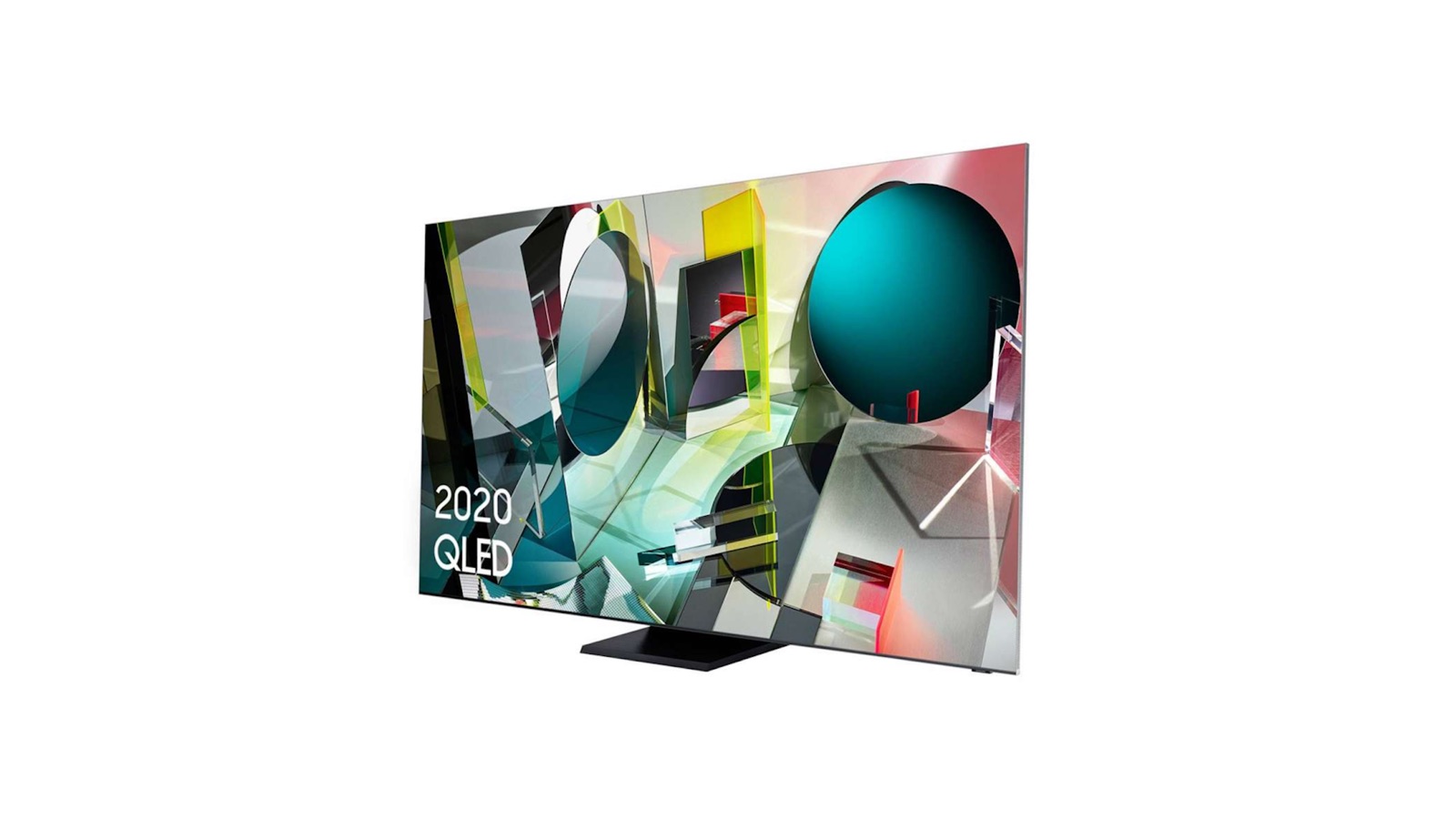
Let's look at the highlights of Sony's TV range. If you have a healthy budget to play with, the impressive five-star 55in Sony KD-55A8 should be on your shortlist. This 2020 OLED is the best Sony TV we've tested recently thanks to its stunningly realistic picture and Sony's clever Acoustic Surface Audio tech.
Alternatively, you could step up to the pricier 65in KD-65A9 OLED TV, which is part of Sony's high-end Master Series. It features a gorgeous pedestal stand, ultra-thin bezels, and is one of the best-sounding TVs we've ever tested.
Looking for flagship performance without spending flagship money? We'd point you in the direction of the more affordable 65in KD-65XG9505. It gets you the visual flair of Sony's Master Series range for almost half the price of its range-topping sibling. The compromise is that it's an LCD panel with an LED backlight, rather than an OLED, but colours really pop and it's a lot of TV for the money.
Looking for the most bang for your buck? The low cost of the 49in Sony KD-49XG9005 makes it a superb pound-for-pound performer. It's one of the finest Sony LCD TVs we've tested, supports Dolby Vision HDR, and serves up plenty of detail.
When it comes to Samsung's TV range, the brand new 2020 QE65Q95T – the successor to the top of the range Q90R – gets our vote. It's a brilliant QLED TV that's stuffed with features and blessed with a more natural picture than its predecessor. It sounds better too. A great all-rounder and a worthy recipient of a five-star rating.
If the above is a little out of your price range, the 55in Samsung QE55Q80T could be just the ticket. It offers high-end QLED performance at a mid-range price, delivering a dynamic image packed with detail, as well as solid sound and plenty of HDMI connections.
If you don't want to go the QLED route, but still want fantastic picture quality with a midrange price tag, we'd seriously suggest auditioning the Samsung UE55TU8000. Given the asking price, it's a fantastic 4K TV, capable of going toe-to-toe with any rival at the money.
On a seriously tight budget? Samsung offers a great range of cheap and cheerful models, including the excellent Samsung UE43RU7470. This 43in LCD panel is one of the best 'small' TVs around right now and supports 4K, HDR and HDR10+.
*Winner: Draw*
Best Sony and Samsung 8K TVs
There's no 8K content available at the moment, so 8K TVs make themselves useful by upscaling 4K content. Both Sony and Samsung have launched 8K TVs pitched at early adopters...
Samsung's smallest and most affordable 2019 8K TV, the 65in QE65Q900R, garnered a healthy four stars in our review thanks to its gorgeous native 8K picture and deep, detailed blacks. The 75inch Q950R and 85in Q900R scored the same.
For 2020, Samsung is offering two or three 8K QLED TV models to choose from, depending on where you live. The UK gets the Q800T and Q950TS, while the US also gets the Q900TS model. Also, why not take a look at our flagship Q950TS hands-on review while you're here?
Sony has a couple of 8K TVs at its disposal, including the 85in KD-85ZG9, which is just as impressive as its Samsung rivals. The Sony is a full-array LED model, that delivers 3,600 nits brightness, and gives HDR content a mesmerising quality. As our KD-85ZG9 review noted, this awesome set is at the "bleeding edge of TV tech".
*Draw*
Verdict
Sony and Samsung offer a fantastic range of mainstream TVs and high-end models for those who demand the best possible picture quality. There's very little between two, so the decision hangs on which features appeal to you the most. And your budget, of course.
If you want the ultimate display, then we think OLED tends to offer the best all-round picture performance. And given that a number of Sony's best TVs use OLED tech and support the more widely-adopted Dolby Vision, Sony has a slight edge here. That said, some of Samsung's QLED displays offer great value for money and impressive picture quality in their own right - they have the five-star reviews to prove it.
The brand also offers a brilliant choice of mid-range and affordable LCD TVs, complete with the full Tizen smart TV experience on board. If Samsung's lack of support for Dolby Vision isn't a deal-breaker, you'll find a number of excellent TVs for to choose from.
MORE:
The best 4K TV deals 2020: OLED, QLED, HDR
What Hi-Fi?, founded in 1976, is the world's leading independent guide to buying and owning hi-fi and home entertainment products. Our comprehensive tests help you buy the very best for your money, with our advice sections giving you step-by-step information on how to get even more from your music and movies. Everything is tested by our dedicated team of in-house reviewers in our custom-built test rooms in London, Reading and Bath. Our coveted five-star rating and Awards are recognised all over the world as the ultimate seal of approval, so you can buy with absolute confidence.

